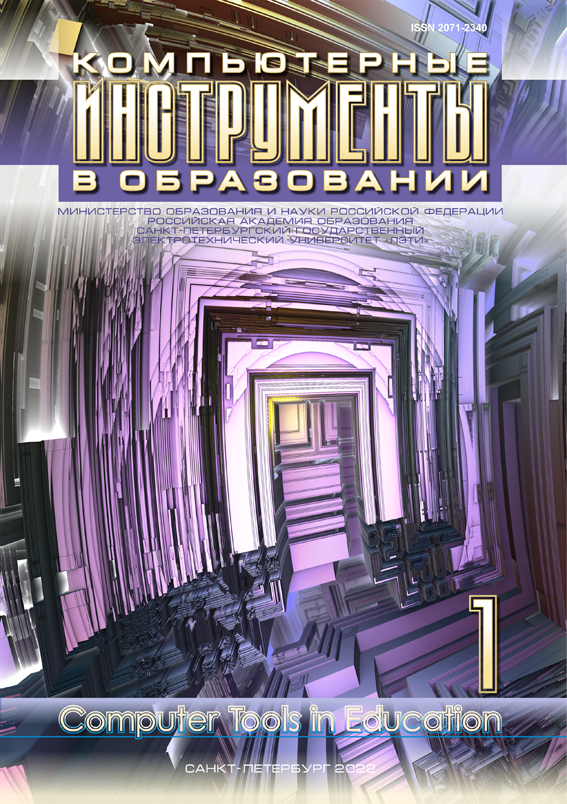Python 3 Package Developing for Computing in Theory of Multioperation
Abstract
This work solves the problem of developing a toolkit that allows computer calculations to obtain new results in the theory of multioperations. The article presents various methods for representing operations and multioperations, and describes algorithms for calculating the superposition of operations and multioperations. Also, the work provides a study of various structures of the Python 3 and the search for the most suitable for the implementation of the representation of operations and multioperations. Based on the results of research on data structures, the architecture of the Python 3 package was developed and implemented for modeling algebras of operations and multioperations in the theory of multioperations.
References
A. G. Pinus, E. N. Poroshenko, and S. V. Sudoplatov, eds., Erlagol notebook. Selected open-ended questions on algebra and model theory, posed by the participants of the Erlagol conference schools, Novosibirsk, Russia: NSTU Publishing house, 2018 (in Russian).
M. Behrisch and E. Vargas-Garc ˊia, “Unique inclusions of maximal C-clones in maximal clones,” Algebra Universalis, vol. 79, no. 31, pp. 1–21, 2018; doi: 10.1007/s00012-018-0497-9
S. A. Badmaev, “On Some Maximal Clone of Partial Ultrafunctions on a Two-element Set,” Siberian Federal University Journal. Mathematics & Physics, no. 2, pp. 140–145, 2017; doi: 10.17516/1997-1397-2017-10-2-140-145
A. G. Pinus, “Algebraically Equivalent Clones,” Algebra Logic, vol. 55, no. 6, pp. 501–506, 2017; doi: 10.1007/s10469-017-9420-2
D. A. Eremenko, “Minimal algebras of binary operations of rank 3,” Computer tools in education, no. 1, pp. 38–48, 2020 (in Russian); doi: 10.32603/2071-2340-2020-1-38-48
S. I. Todikov, “Algorithm for Finding Minimal Algebras of Binary Multioperations of Rank 3,” Sovremennye informacionnye tehnologii i IT-obrazovanie [= Modern Information Technologies and ITEducation] vol. 16, no. 4, pp. 841–850, 2020 (in Russian); doi: 10.25559/SITITO.16.202004.841-850
N. A. Peryazev, “Galois theory for finite algebras of operations and multioperations of rank 2,” Bulletin of Irkutsk State University. Series Mathematics, vol. 28, pp. 113–122, 2019 (in Russian); doi: 10.26516/1997-7670.2019.28.113
Sage 9.4 Reference Manual: Sets»Maps between finite sets URL: https://doc.sagemath.org/html/en/reference/sets/sage/sets/finite_set_maps.html

This work is licensed under a Creative Commons Attribution 4.0 International License.







